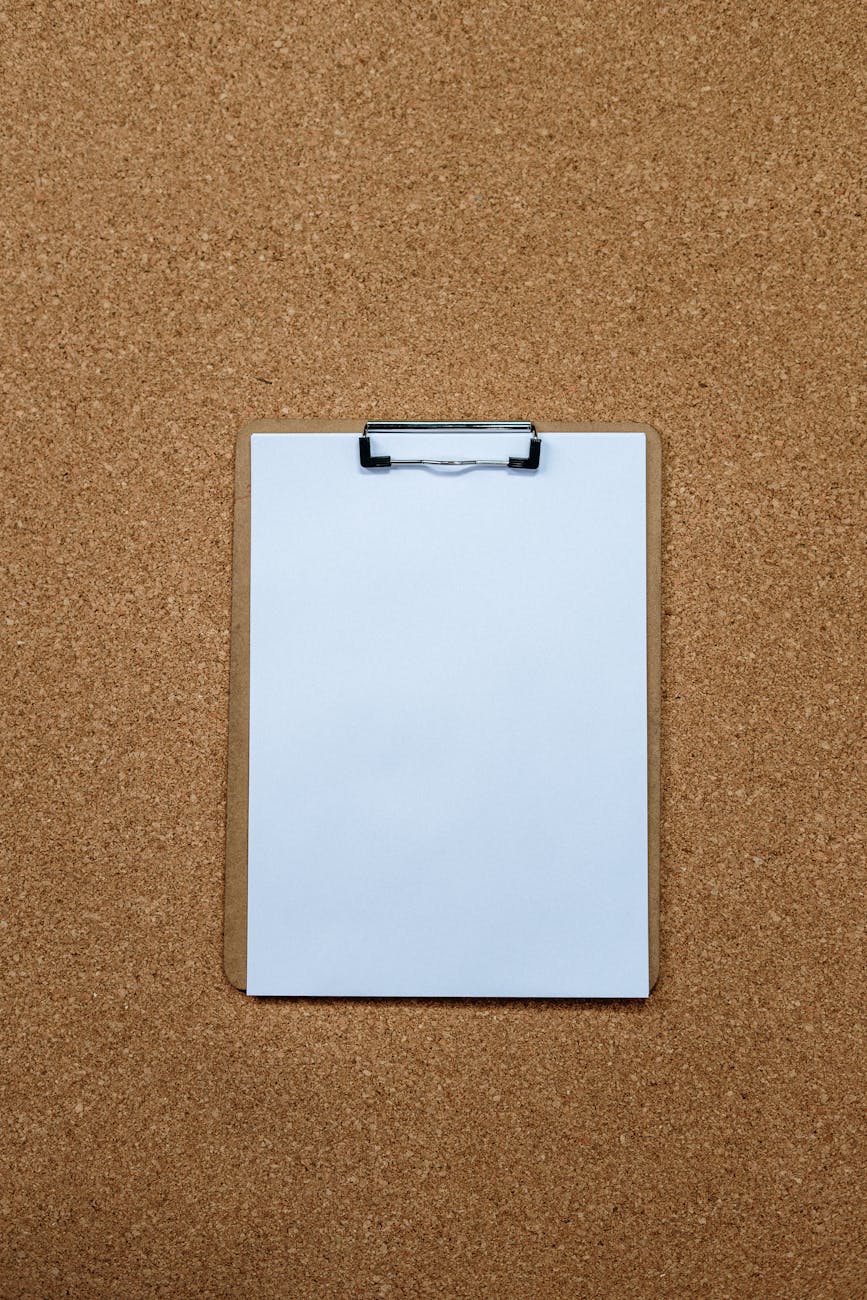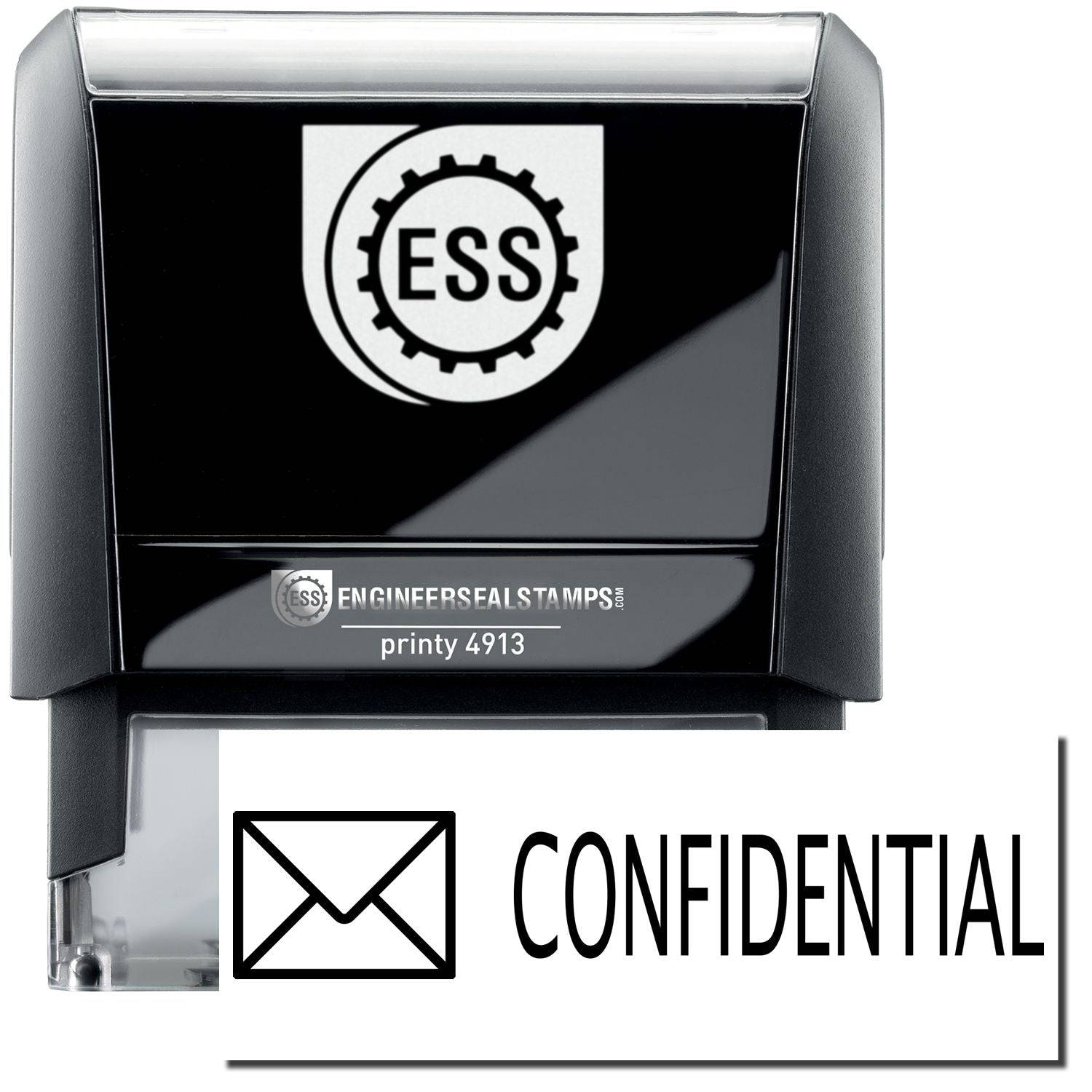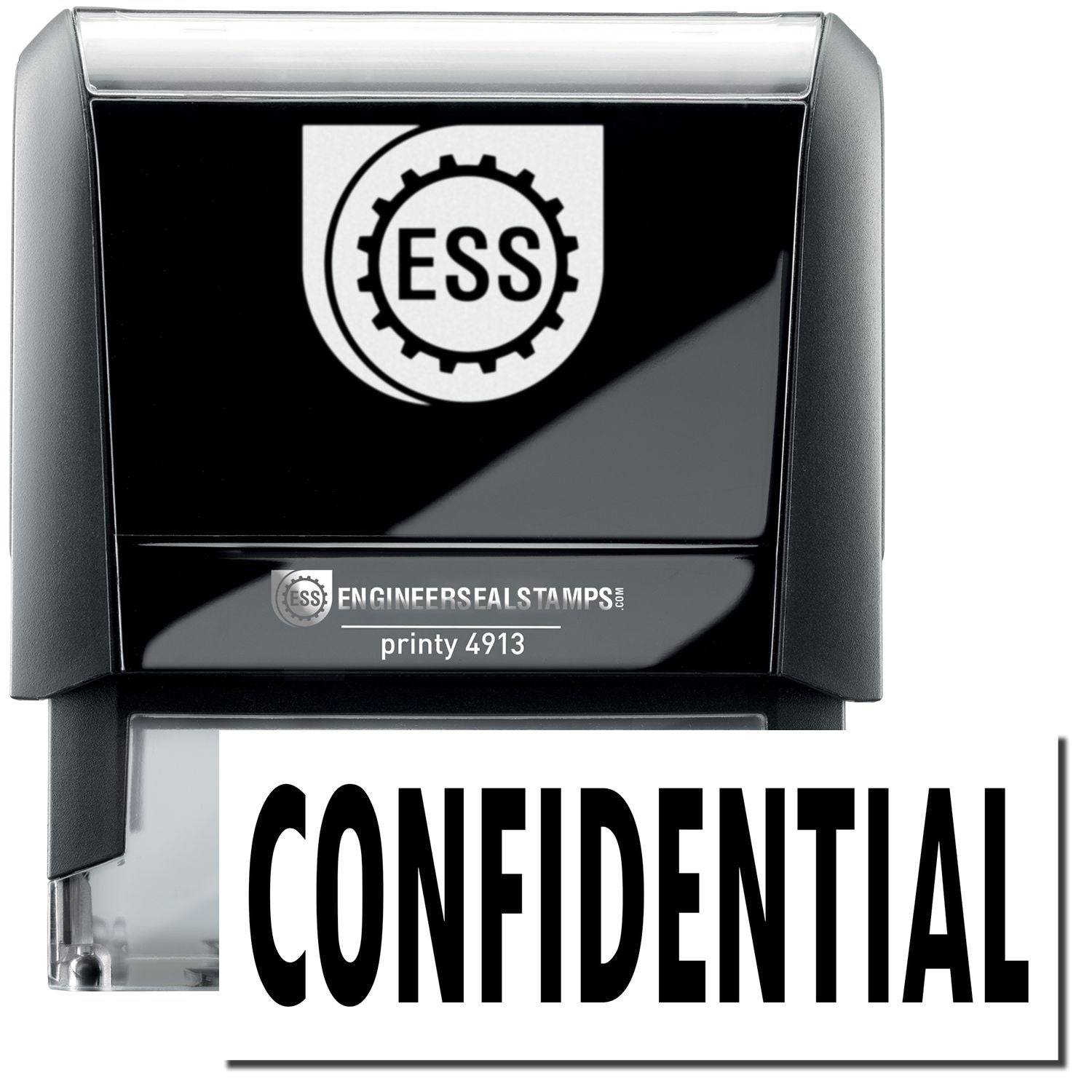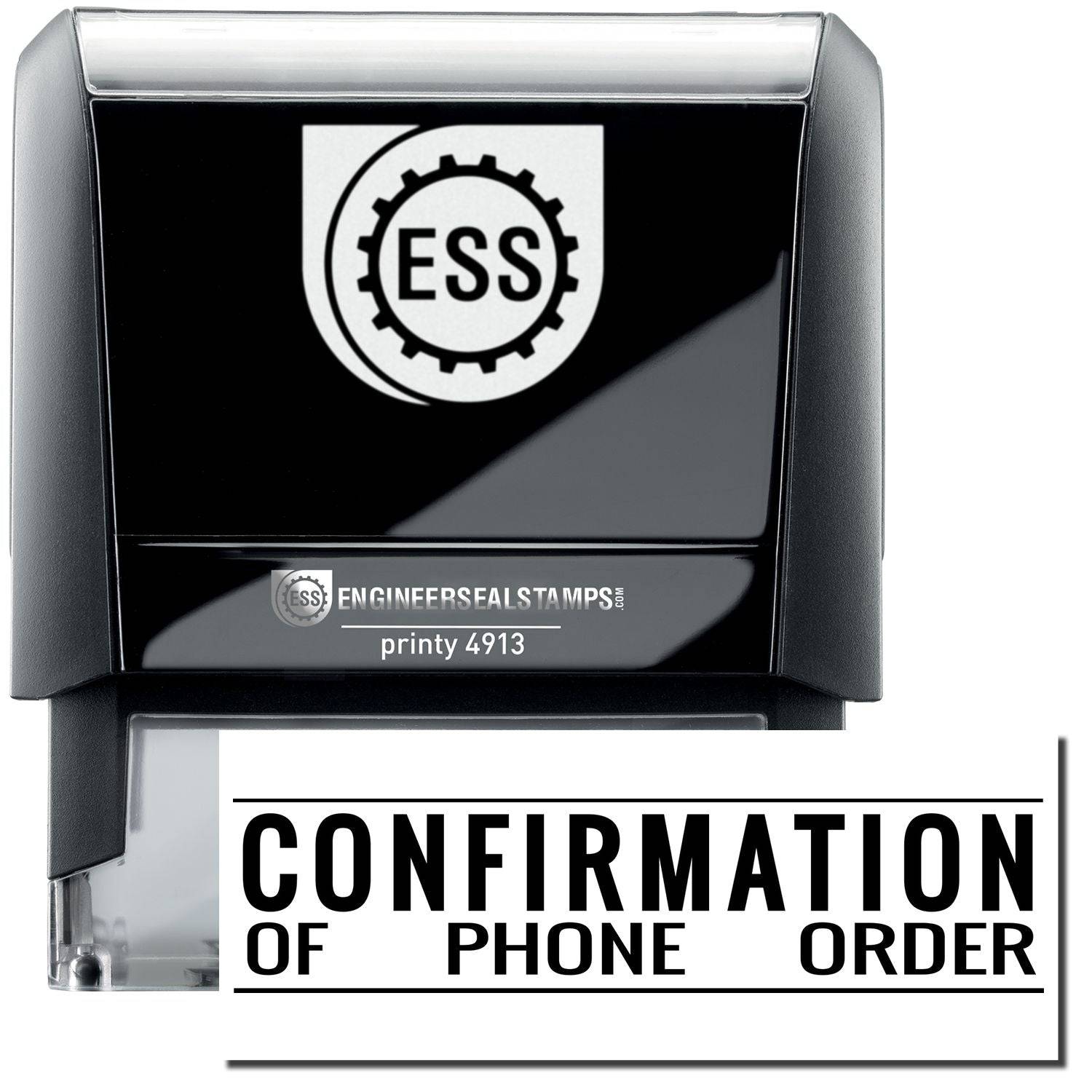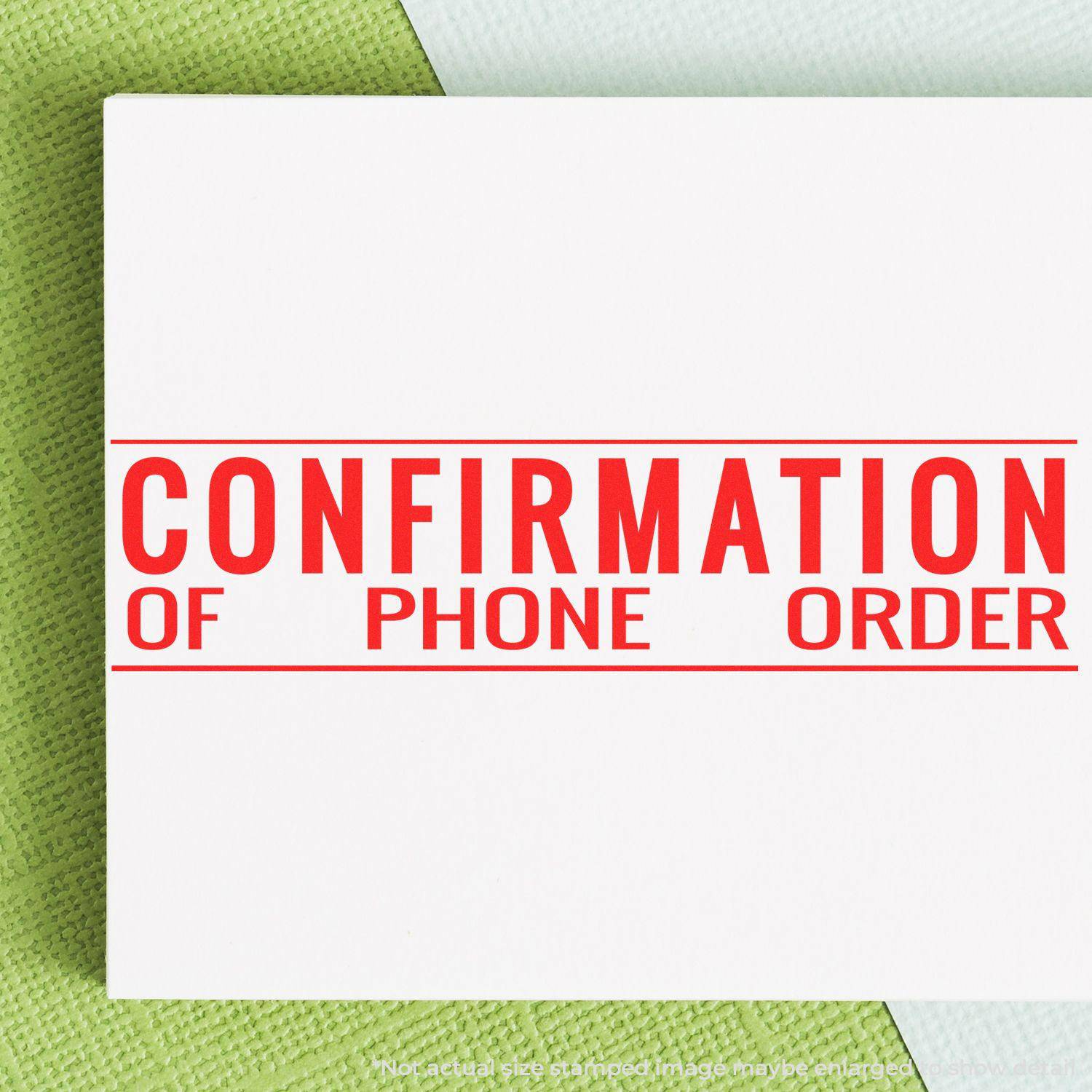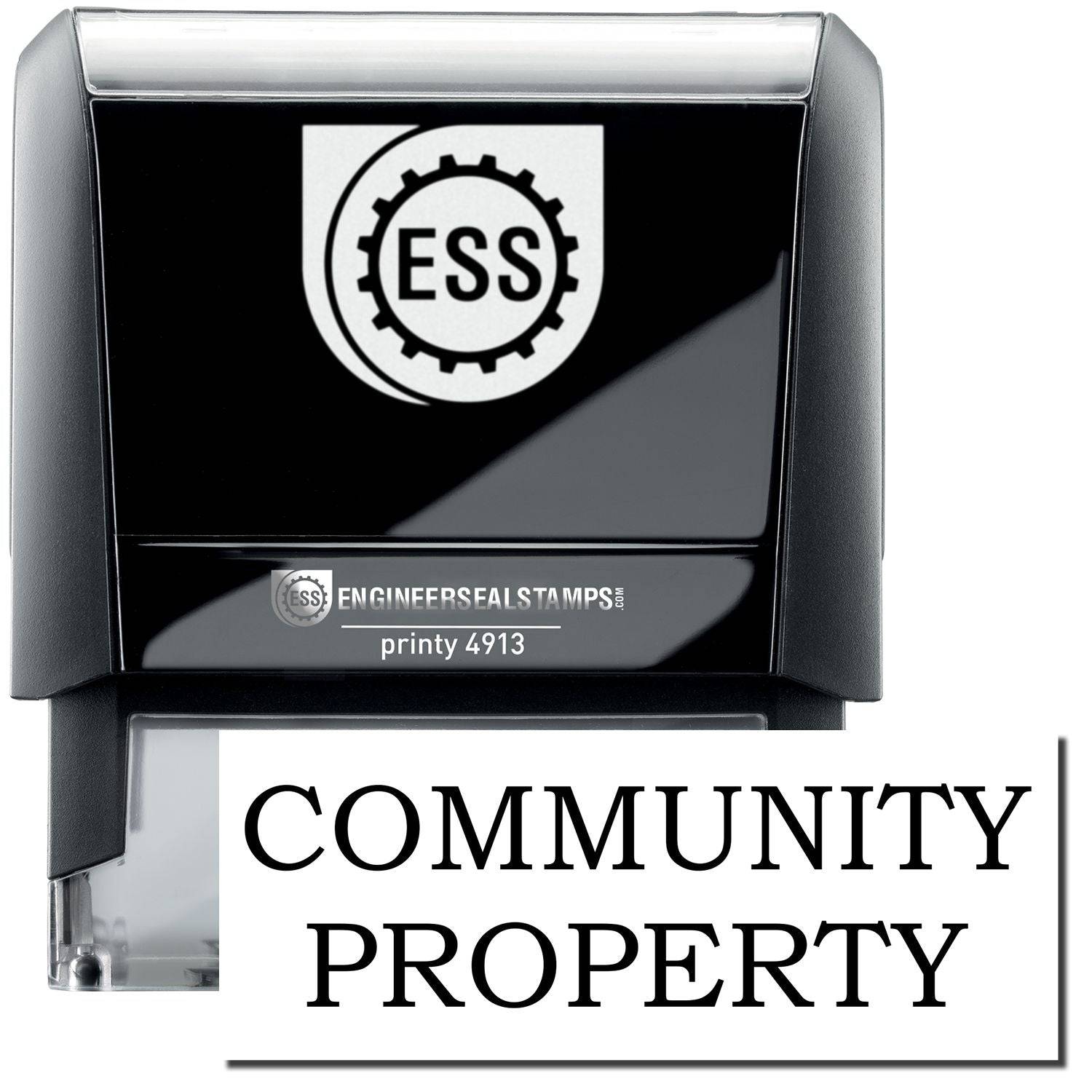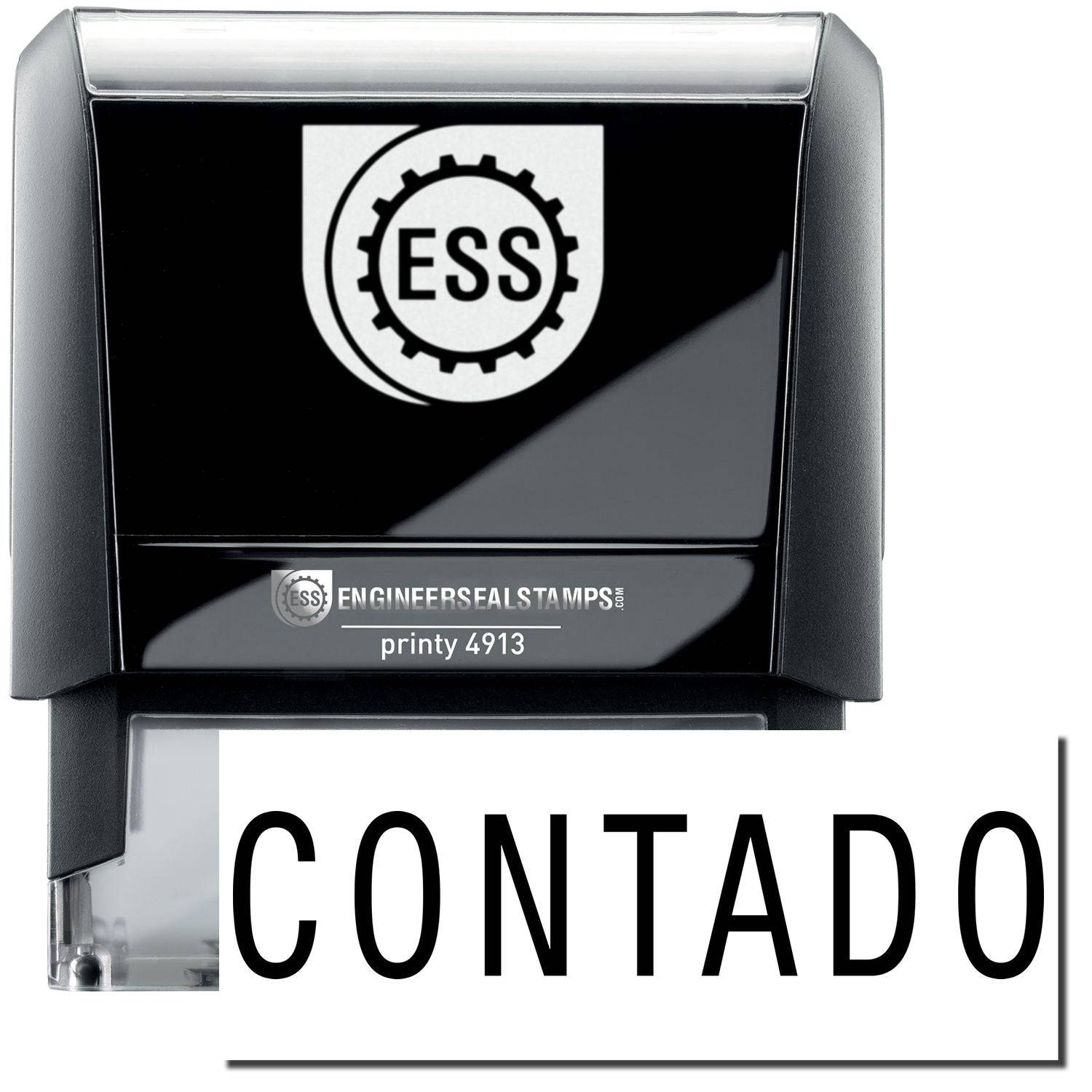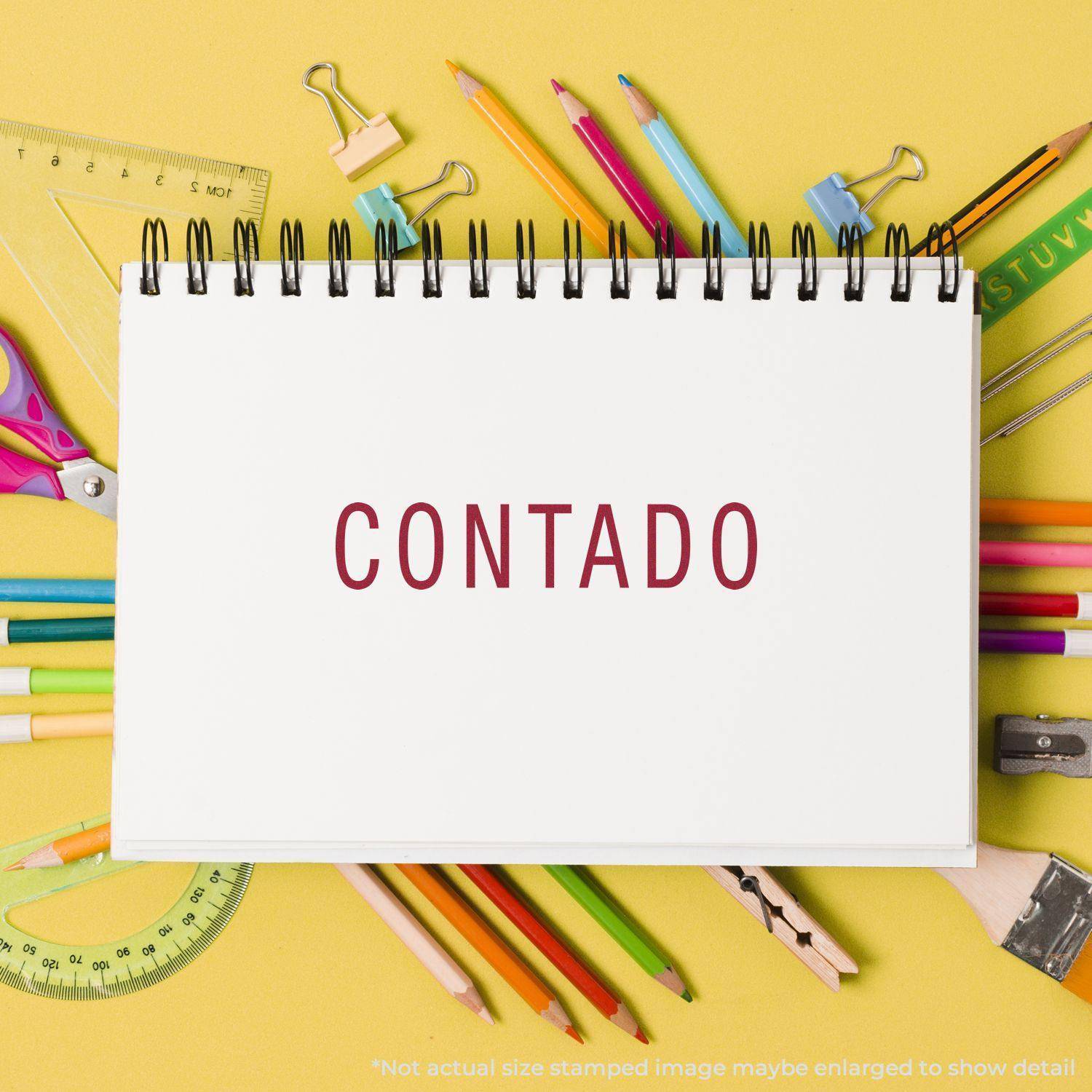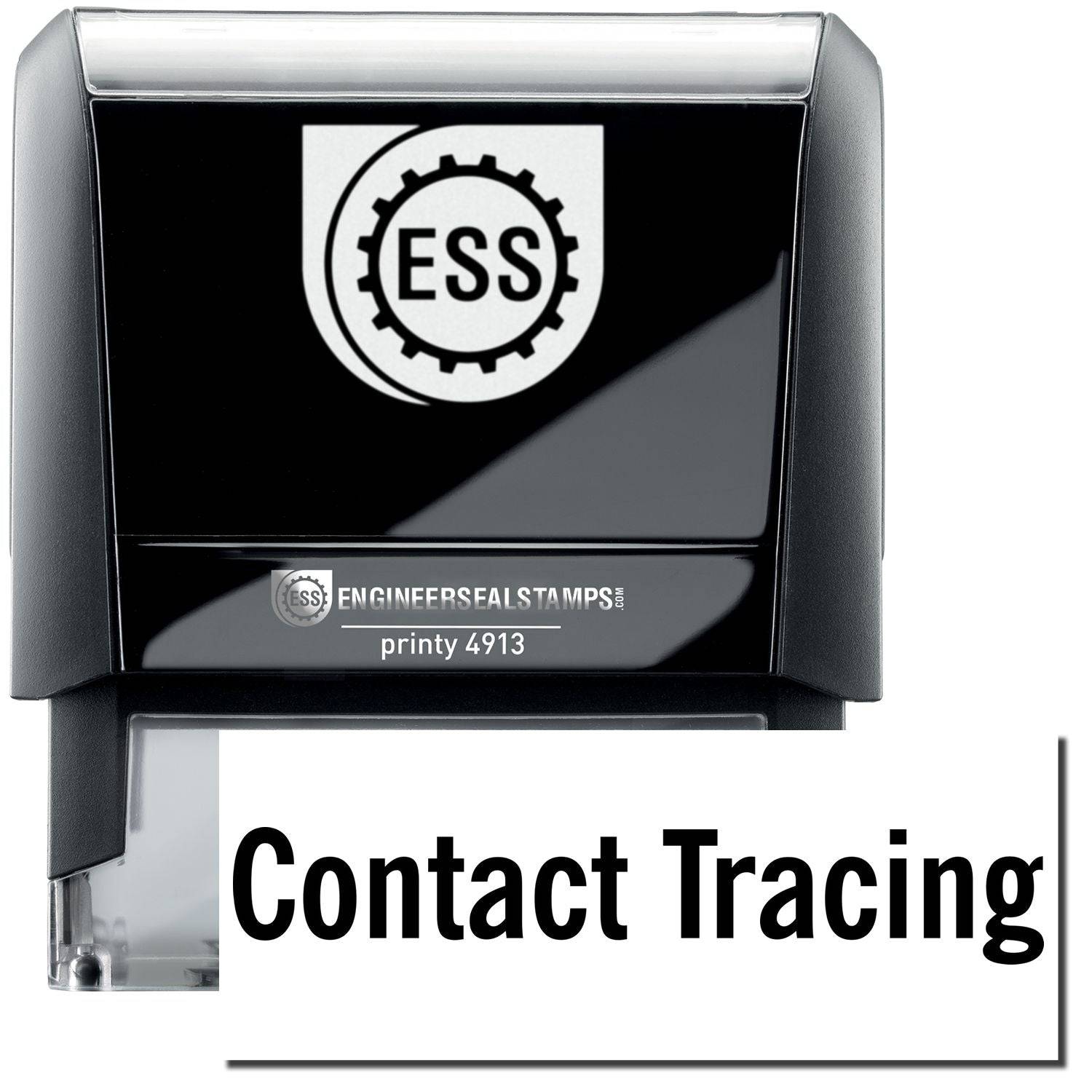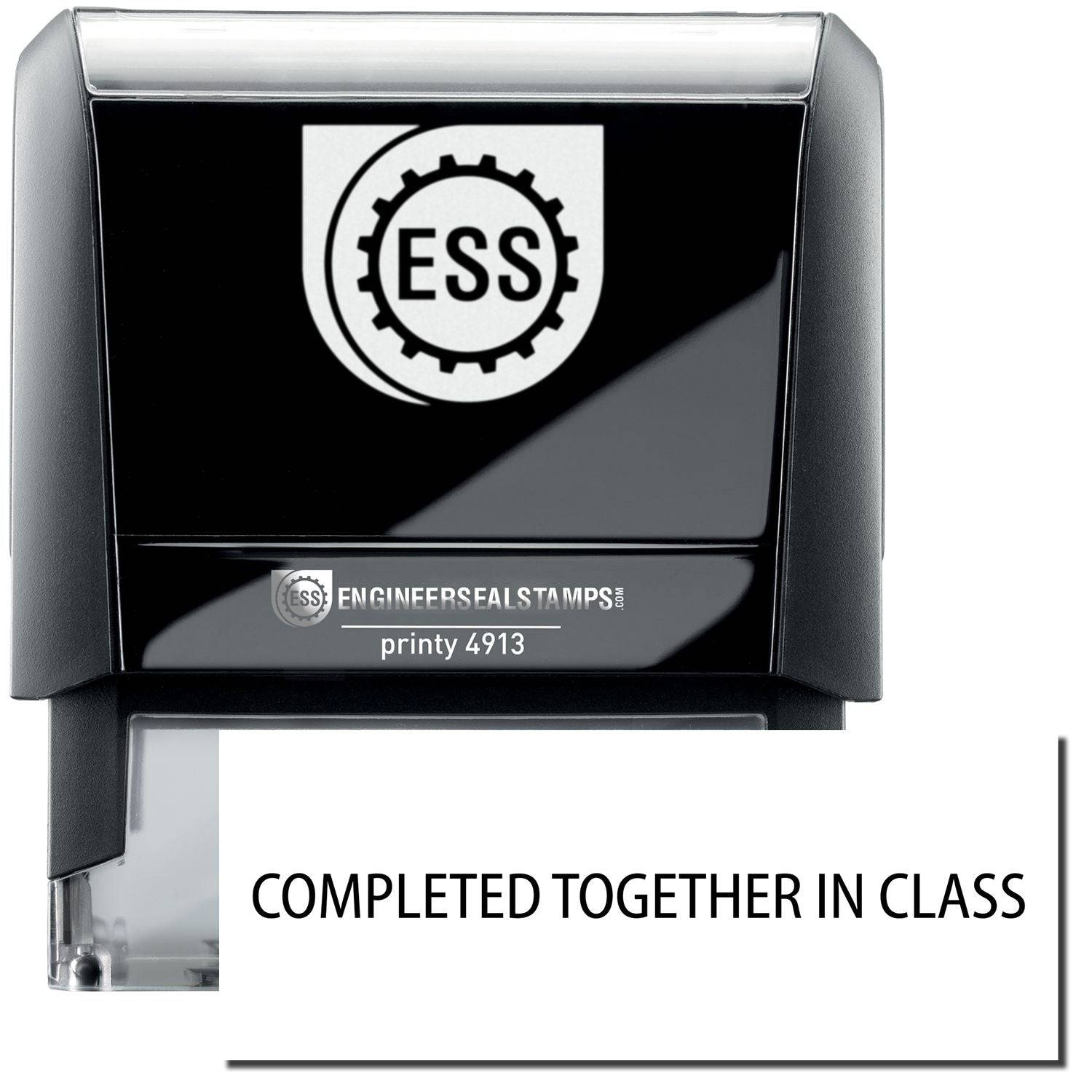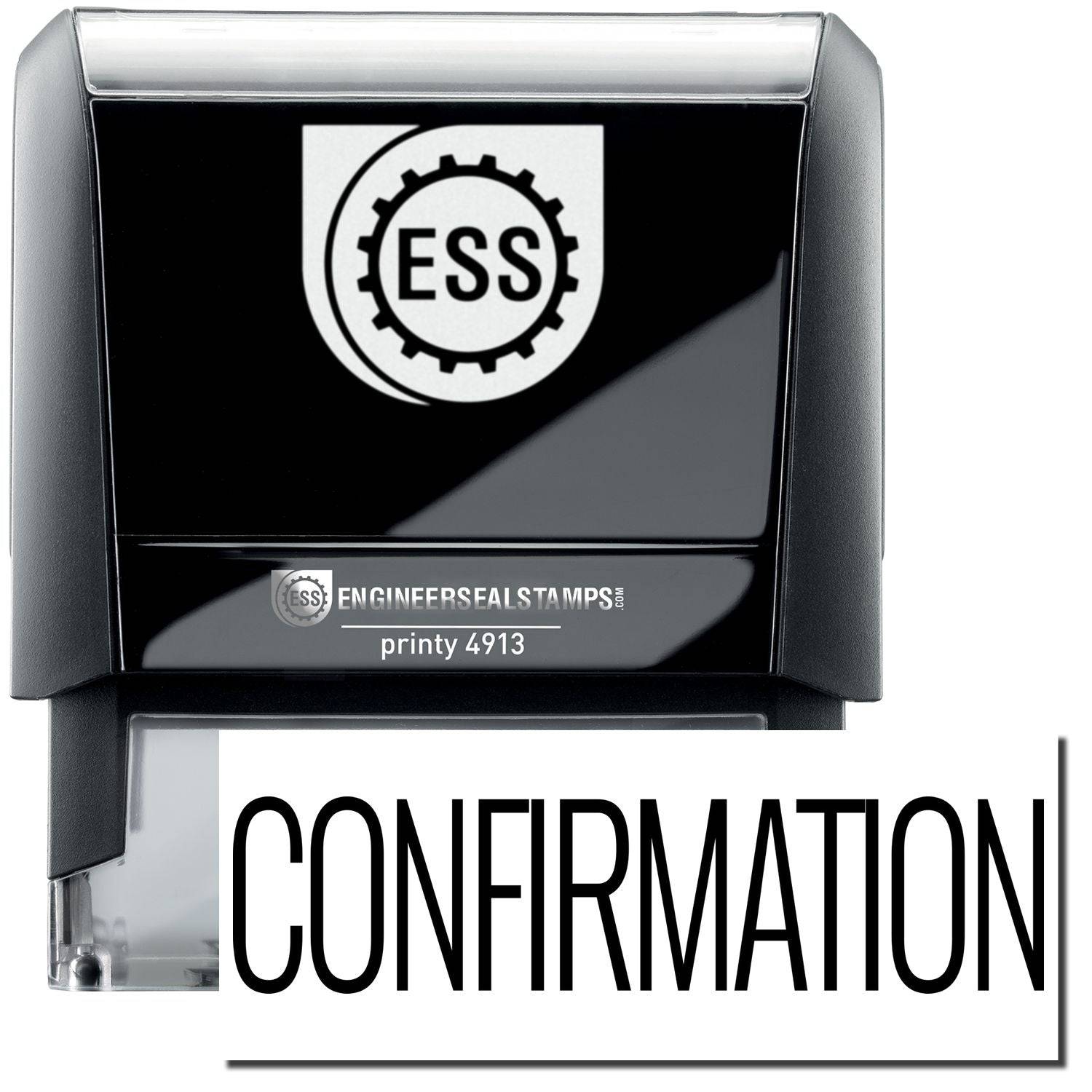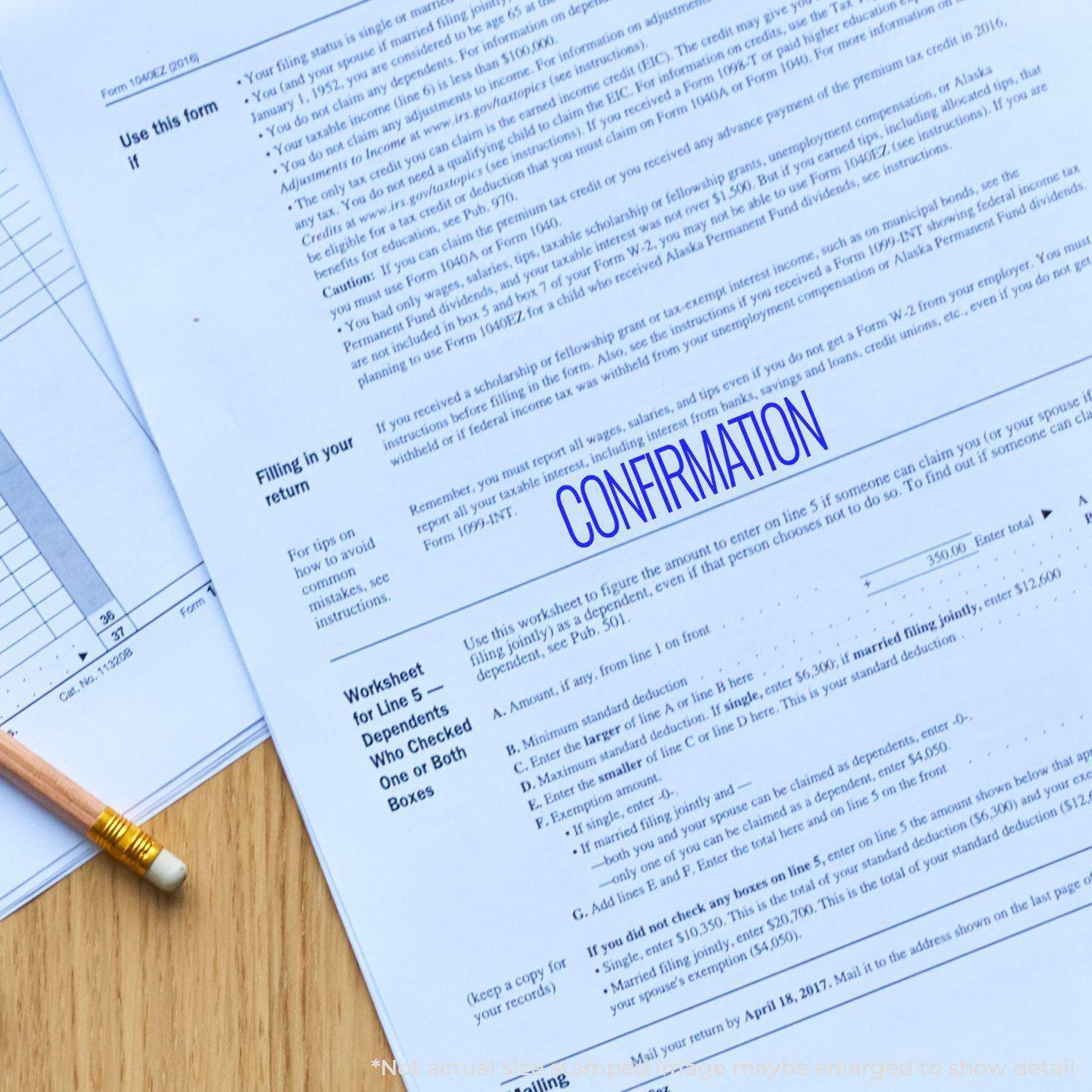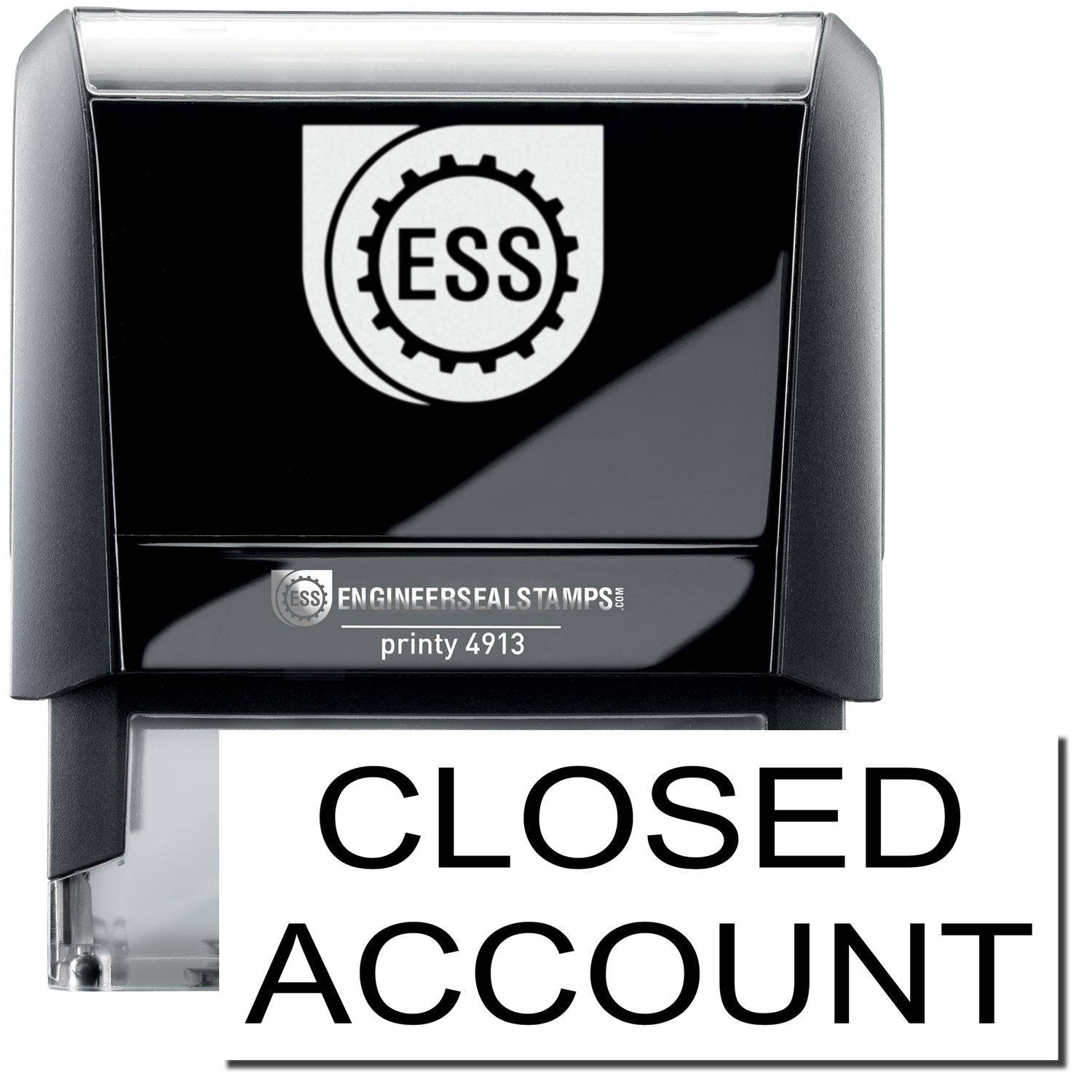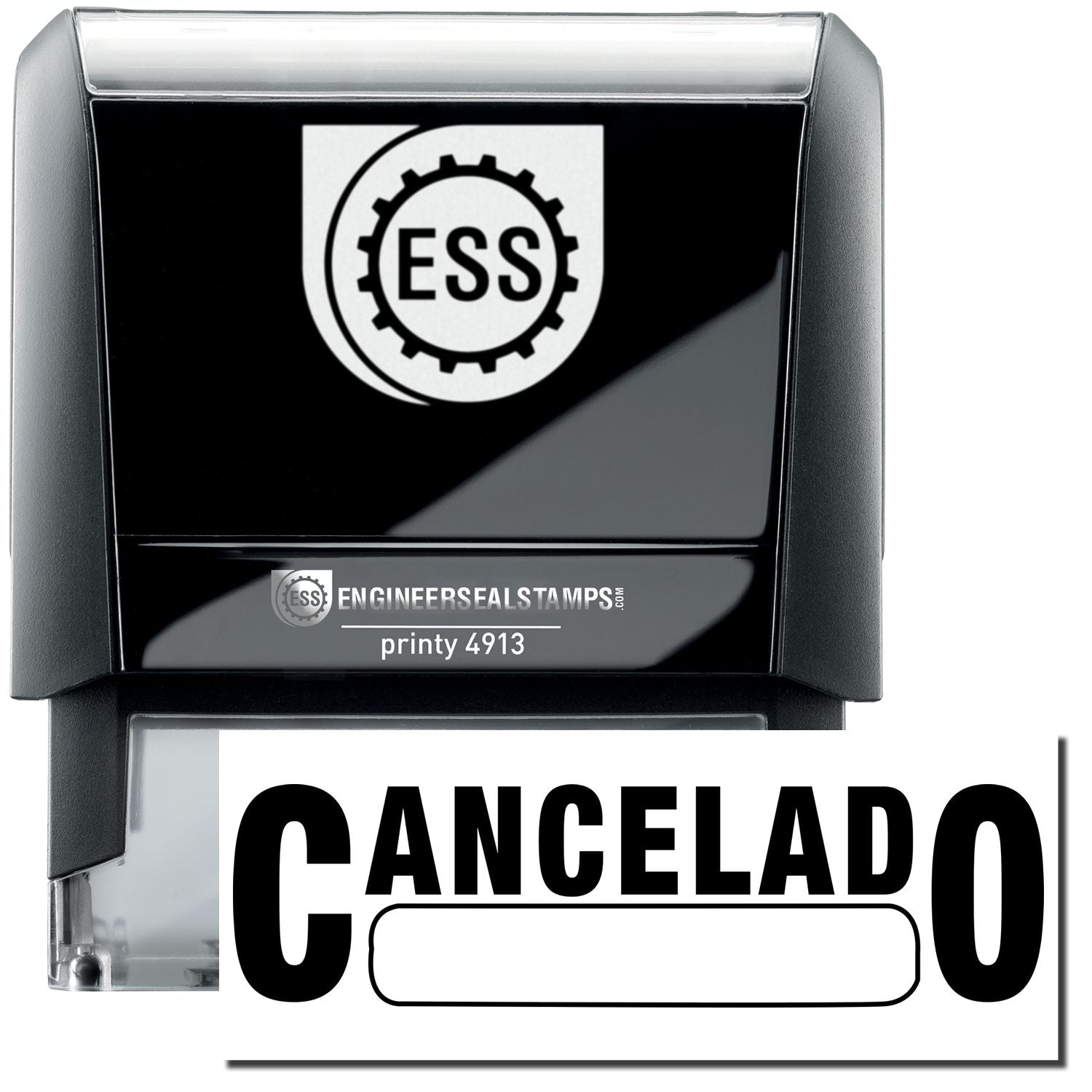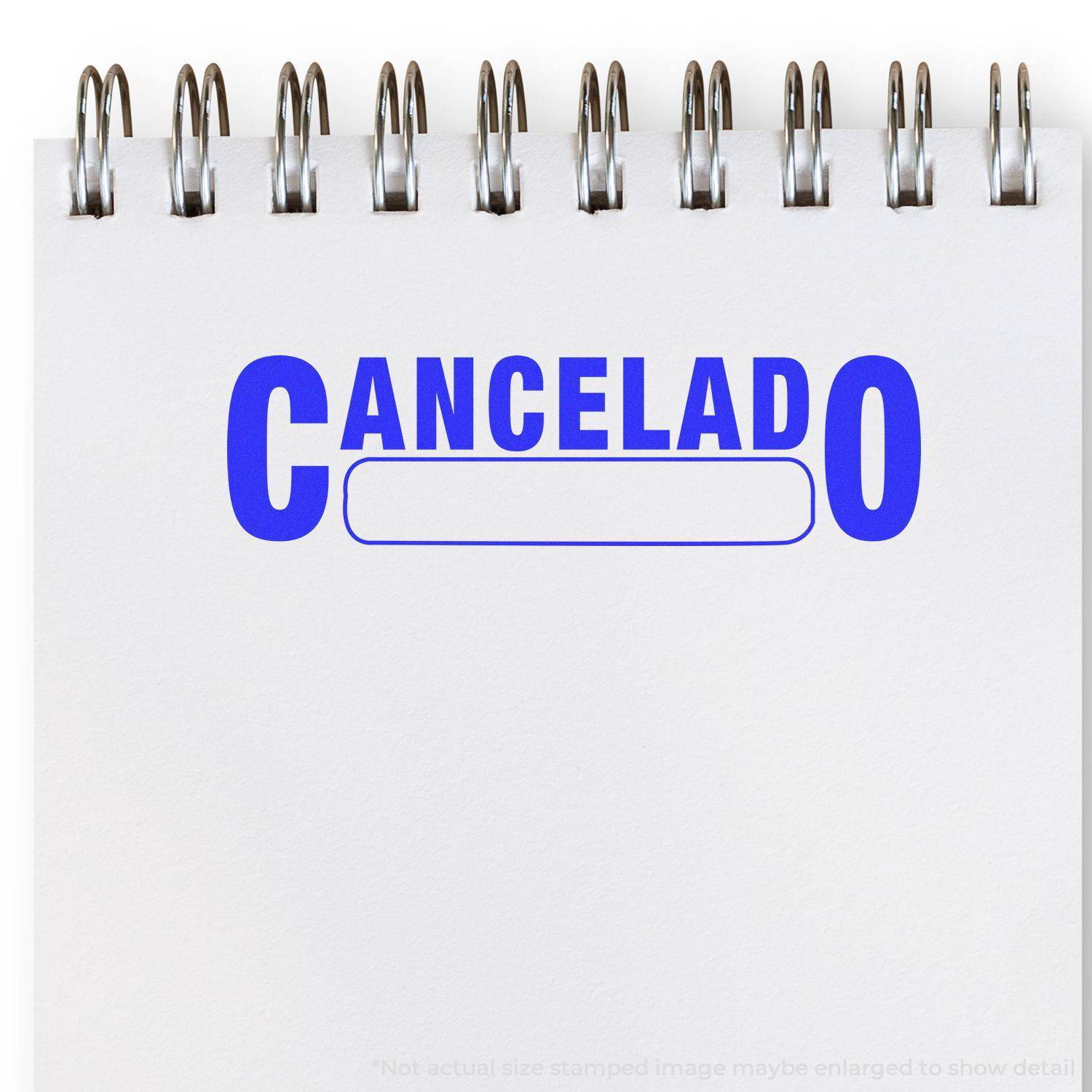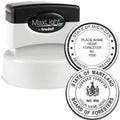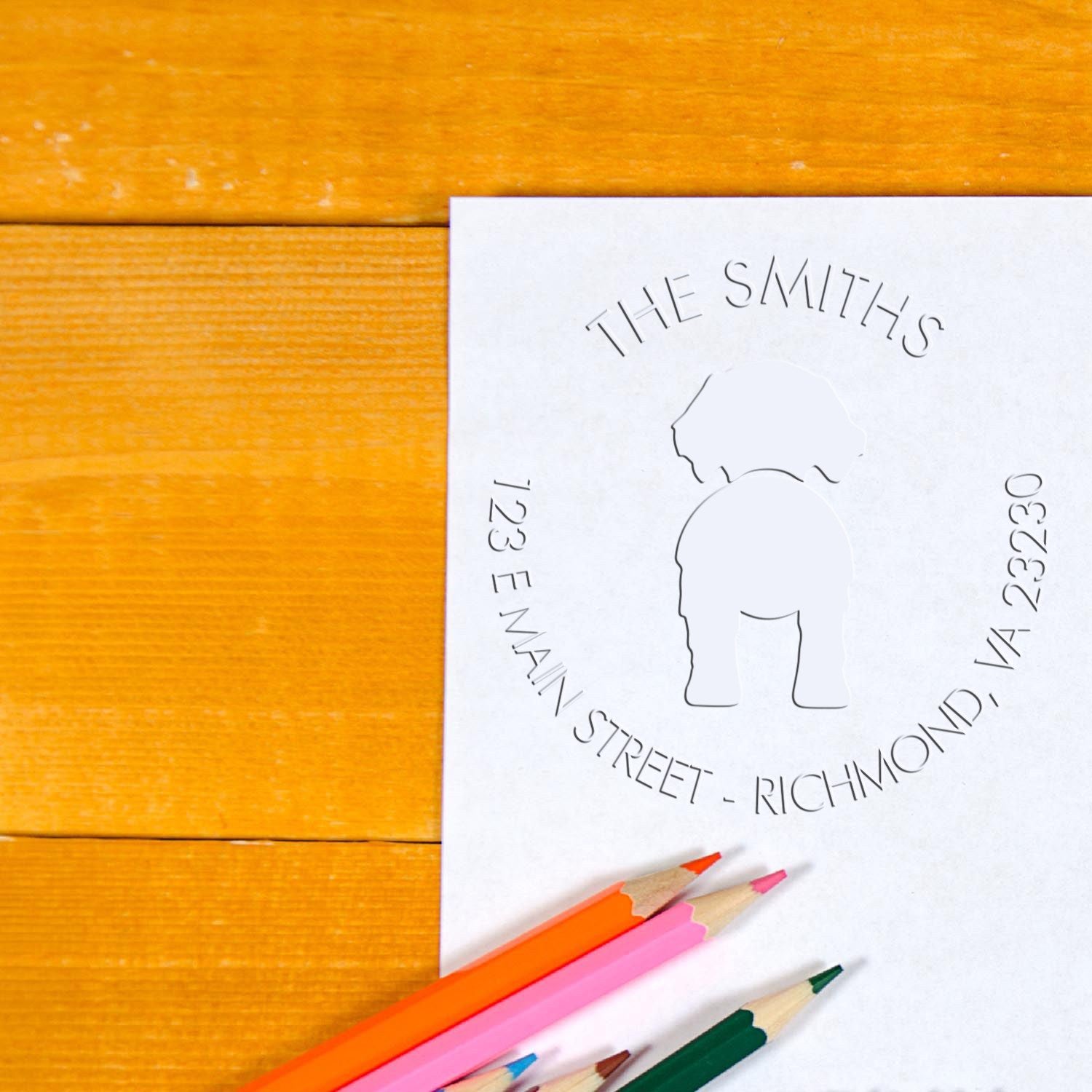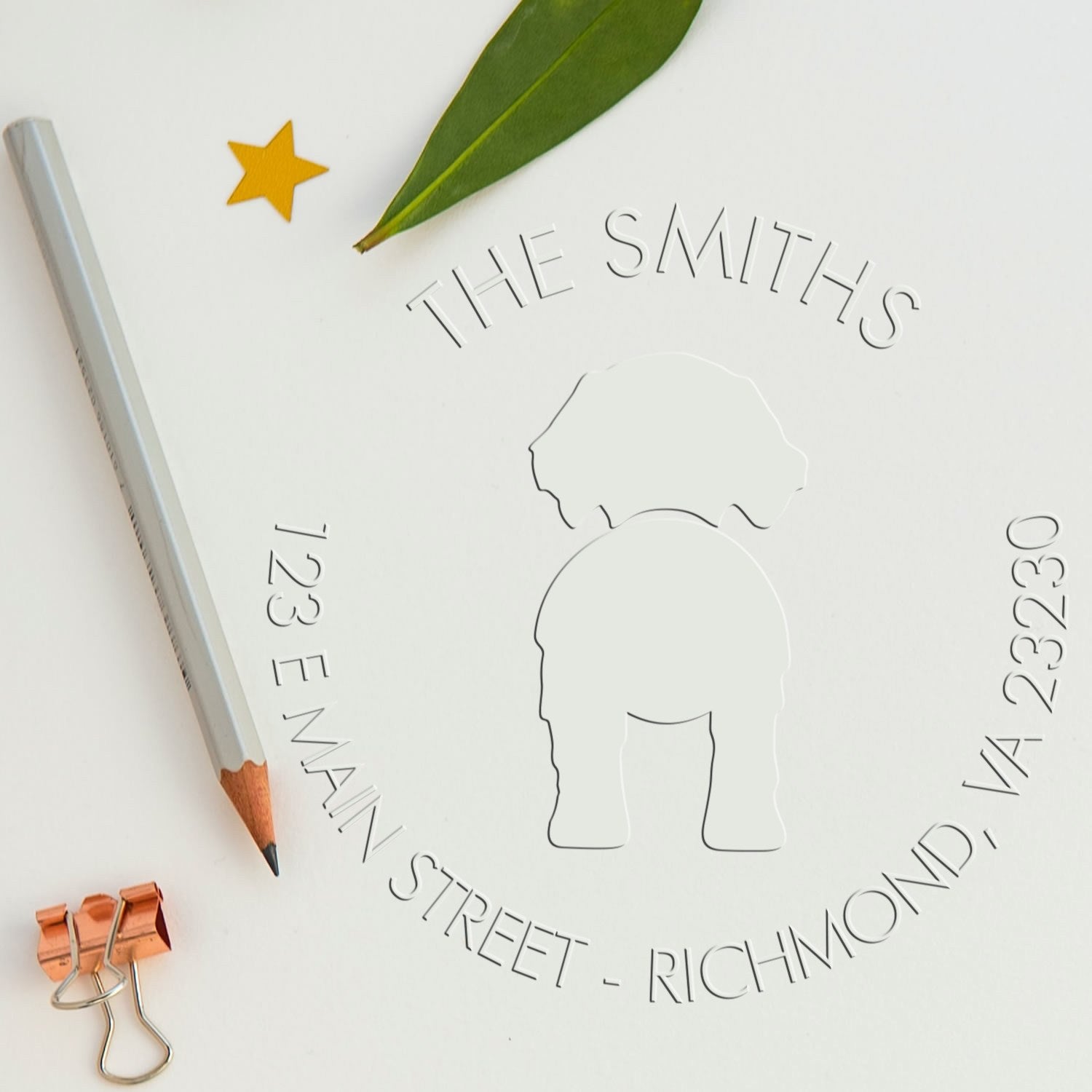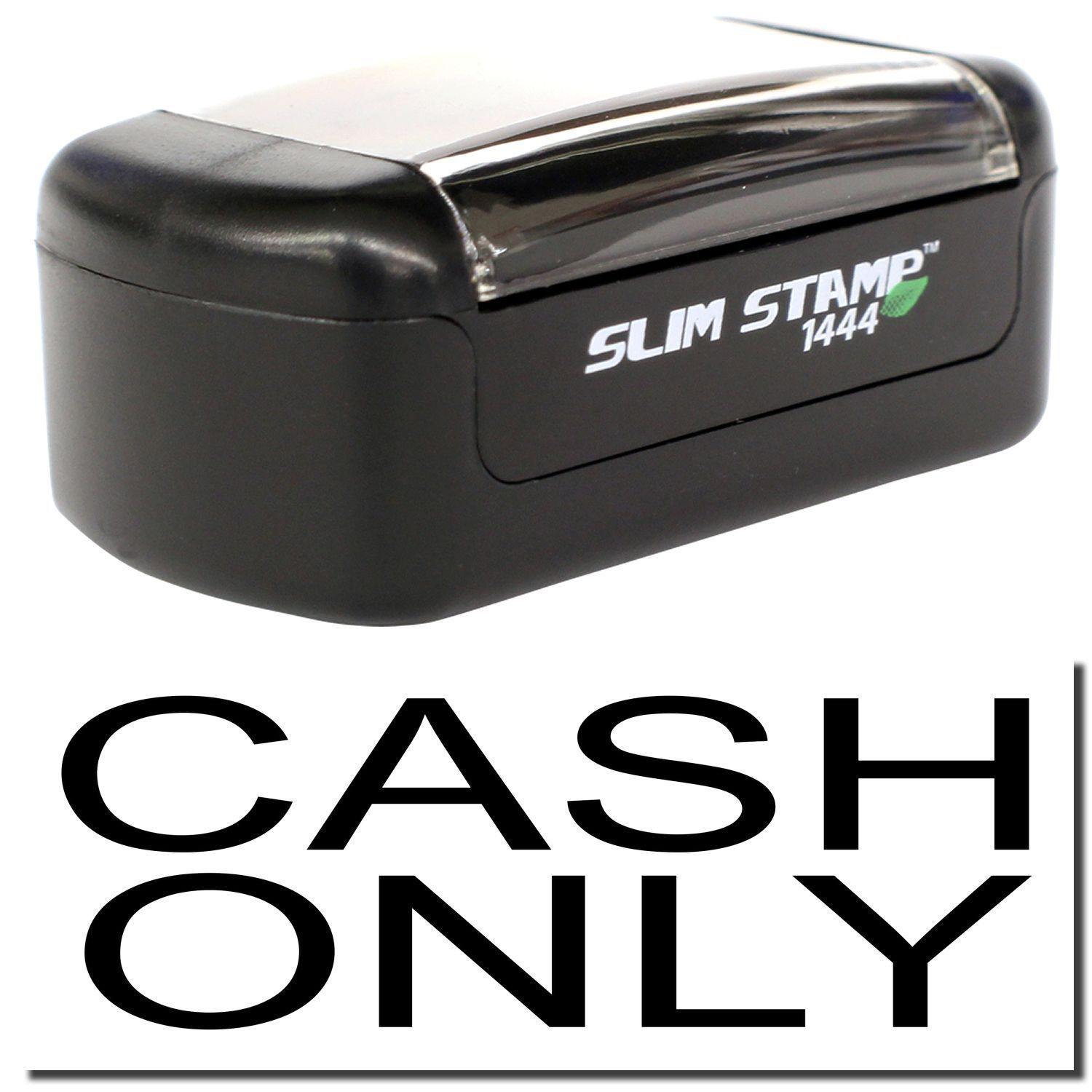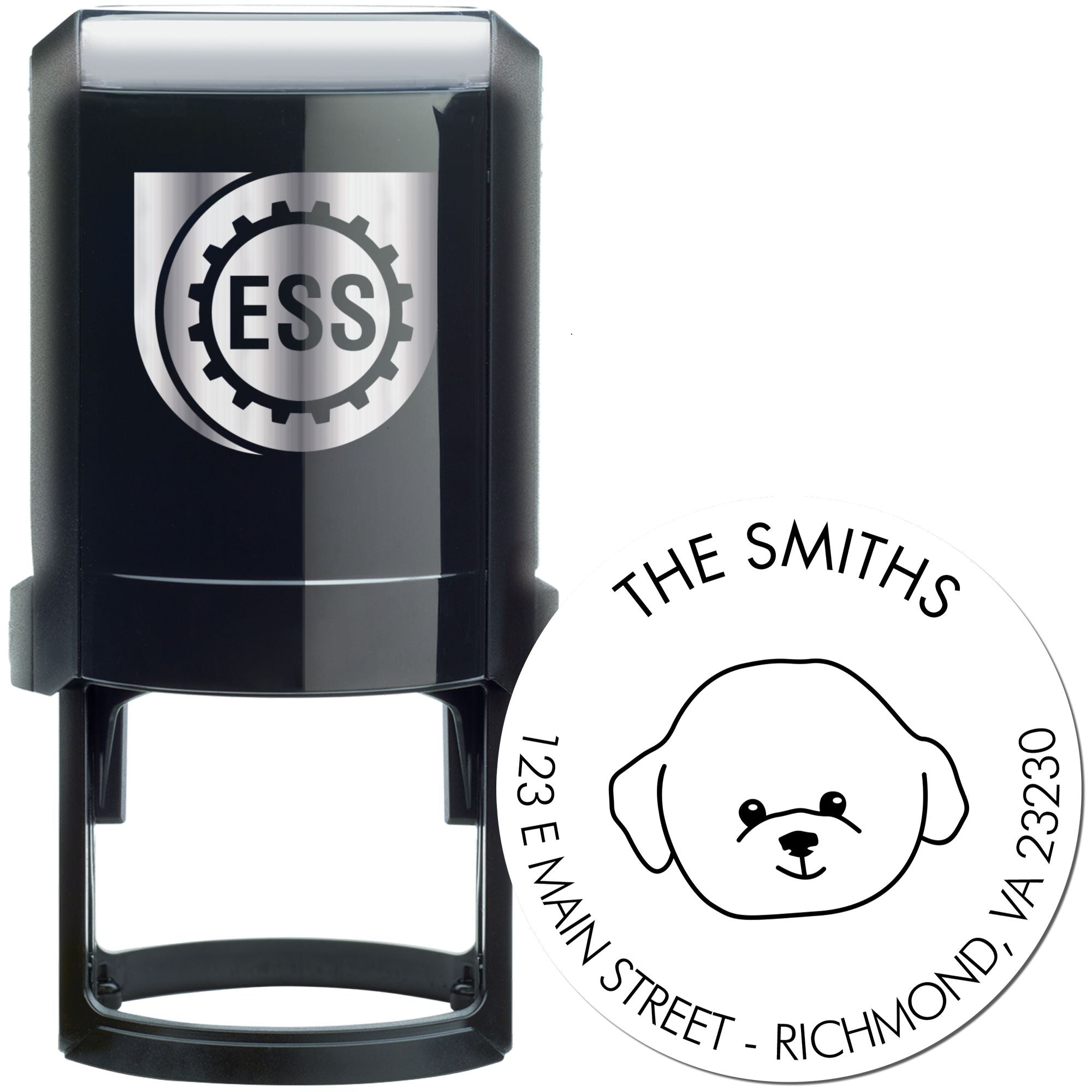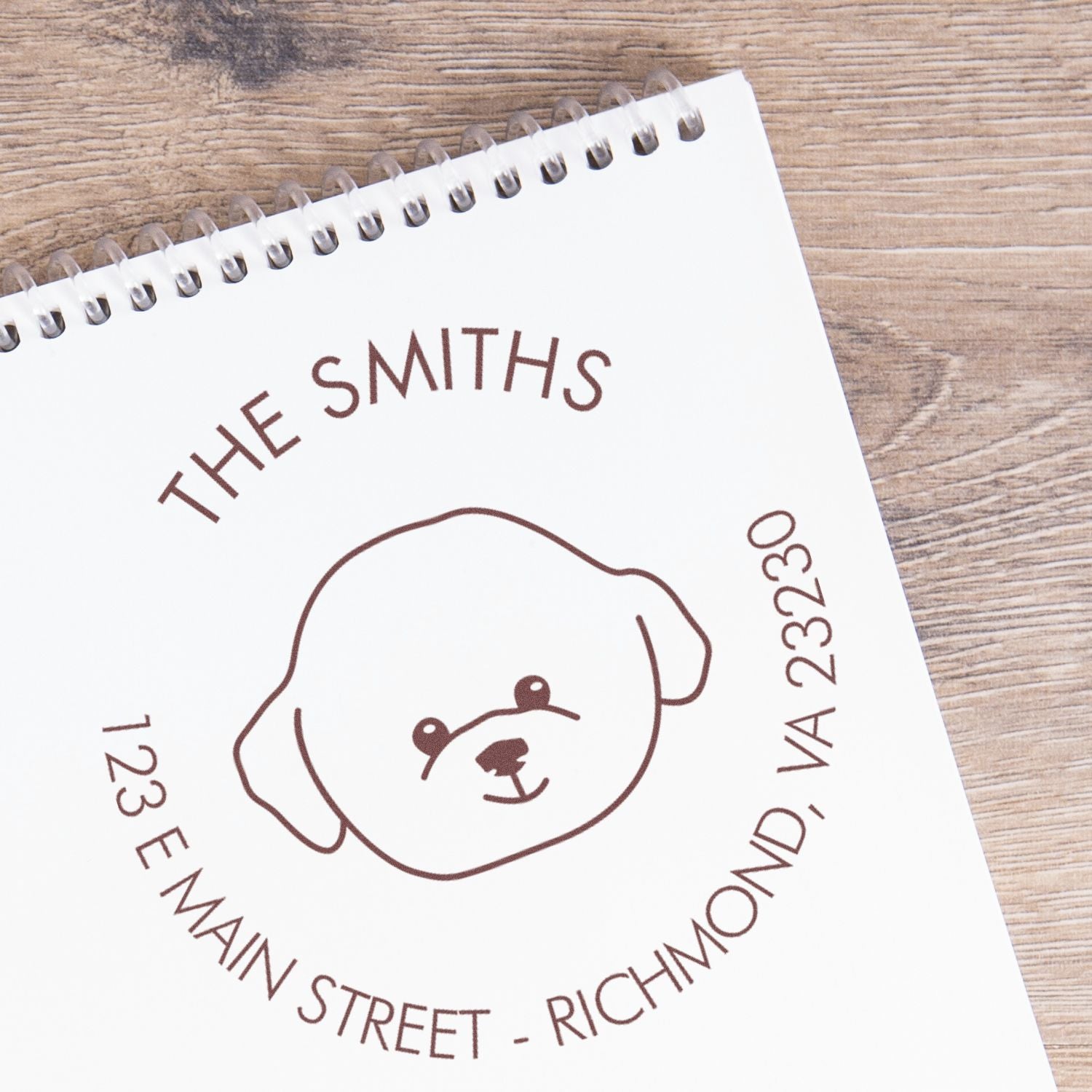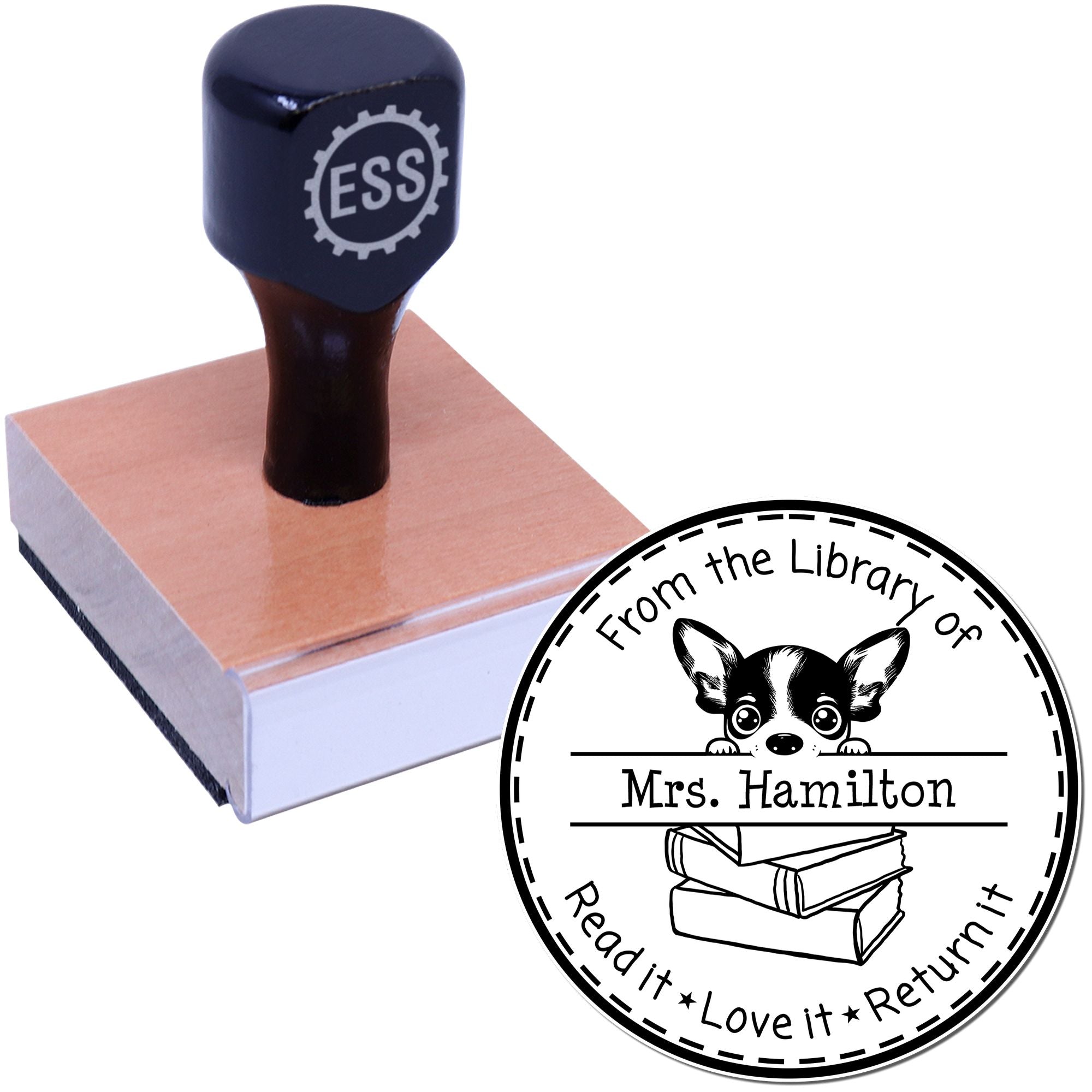Imagine you’re sitting at your favorite crafting table, ready to transform a simple piece of paper into a work of art. You’ve got your stamps lined up, your inks at the ready, and a creative spark in your eyes. But then you realize you’re missing the crucial piece of the puzzle—a reliable stamp pad for crafting. Suddenly, everything grinds to a halt. After all, the best stamp is only as good as the pad beneath it, right? That’s where choosing the right option can make all the difference between a smudged mess and a crisp, professional-looking design.
In this guide, we’ll walk through everything you need to know about picking out a stamp pad for crafting. Whether you’re making personalized greeting cards, designing custom business stationery, or just having fun with paper crafts, understanding the basics will save you time, money, and frustration. Ready to get started? Let’s dive in.
Pick the right stamp pad
When you start hunting for a new stamp pad, the sheer variety can feel overwhelming. From quick-drying inks for glossy surfaces to slow-drying pads for embossing, there’s a stamp pad out there for every unique project. You might see fancy buzzwords like “archival quality” or “pigment-based.” However, don’t let the technical terms intimidate you. Focus on what aligns with your project’s requirements.
One thing to keep in mind is how often you plan to use your stamp pad. If you’re a quick-and-casual crafter who stamps something every once in a while, you might not need the most expensive or specialized pad. On the other hand, if you’re cranking out hundreds of invitations or building an entire product line of handmade cards, you’ll quickly appreciate the benefits of investing in a higher-quality pad.
Below are some quick questions to get you thinking:
- Will your stamped images be exposed to moisture or handled frequently?
- Do you need vibrant colors that pop off the page?
- Are you planning to layer several stamps on top of each other?
Your answers to these questions will pave the way toward finding a stamp pad that suits your style. It’s all about being aware of your materials, so you don’t end up with ink that bleeds through or runs off. By the time we’re finished, you’ll feel confident navigating the craft aisle for your perfect match.
Distinguish common pad types
It’s helpful to understand the main categories of stamp pads. Each one works a bit differently in terms of drying time, color vibrancy, and required surface type. Here’s a simple breakdown:
Dye-based pads
Dye-based pads typically absorb into porous surfaces like paper. They tend to dry quickly, making them a popular choice for basic cardmaking or scrapbooking. The ink itself is usually thinner, which means you’ll get relatively smooth coverage, but you might have to re-ink the stamp pad more frequently if you’re doing large-scale projects.
Pigment-based pads
Pigment-based pads feature thicker ink that sits on the surface before drying, so the color often looks more vibrant and opaque. They work wonders for embossing because the slower drying time gives you ample room to sprinkle on embossing powder and heat-set the design. However, if you’re stamping on non-porous surfaces, check the ink’s compatibility because some pigment pads never fully set without a sealing agent.
Solvent-based pads
If you’re stamping on slick surfaces such as metal, plastic, or even glass, a solvent-based pad is your friend. It dries relatively quickly and adheres well. Be sure to use it in a well-ventilated area because the fumes can be a bit stronger. These pads are typically for crafters tackling mixed-media projects or surfaces you’d never think to stamp on—like tiles or ceramics.
Hybrid pads
Hybrid inks combine the benefits of dye and pigment inks. They often dry faster while still providing rich color. Many crafters love them because they work on a range of materials, though you’ll want to check the manufacturer’s specific recommendations for best results.
Wrapping your head around these four basic categories helps you narrow down your choices. If you usually stamp on paper, a dye-based or hybrid option could be perfect. For more advanced projects on varied surfaces, a solvent-based or pigment-based pad might be the winner.
Select the ideal ink formula
In your quest to discover the best stamp pad for crafting, you’ll likely come across various ink formulas. Even among the same type—like dye-based or pigment-based inks—there are special formulations that offer unique benefits. Here are some common variations you might see:
Archival ink
Archival inks are typically acid-free and designed to be fade-resistant. If longevity matters—like if you’re producing artwork or heirloom scrapbooks that you hope will last for decades—archival ink is a strong contender. Some archival inks are water-resistant as well, which is a bonus if you plan to add watercolor or other wet media over your stamped images.
Water-based ink
Water-based inks are simpler to clean off your stamps and are generally more environmentally friendly. These dry quickly on paper and have less odor than solvent-based options. However, water-based ink can smear if it gets wet after drying, so use a protective spray or laminate the finished piece if durability is a concern.
Waterproof ink
Waterproof inks combine the best of both worlds by offering a permanent stamp once dried. If you love working with watercolors on top of your stamped lines, waterproof ink ensures your outlines stay crisp without smudging. Any design that involves layering wet media on top of stamped images calls for this formula.
Specialty ink
Metallic, chalk, or glitter inks can add a bold style to your project. Metallic inks, for example, can add a reflective shimmer, while chalk inks provide a subdued, matte appearance that’s popular for rustic or vintage themes. Glitter inks might require a bit more drying time to ensure the sparkle sets properly, so read any warnings on the packaging.
As you can see, choosing the right formula goes beyond just color. Keep your finished look and overall usage in mind. If your project involves direct contact with moisture, plan accordingly. If it’s purely decorative for a card that won’t see heavy handling, you might be able to use a lighter or cheaper ink formula. The key is to match the formula’s properties to your crafting needs.
Choose the perfect pad size
You might not think about pad size until you’re standing in the craft store, staring at a shelf with small squares, elongated rectangles, and even jumbo pads. But size does matter, especially if you’re working with large stamps or wanting to produce coverage in a single press.
Common pad dimensions
- Small: Roughly 1 inch by 1 inch, ideal for travel or for small stamps.
- Medium: Typically around 2 inches by 3 inches, a versatile size for most designs.
- Large: Often 4 inches or larger in one direction, designed for bigger stamps or backgrounds.
When to go smaller
If you have a collection of tiny stamps—like decorative corners or small icons—using a smaller pad might be easier. You can maneuver the ink pad right onto your stamp rather than doing the opposite. It also keeps you from wasting ink on areas you don’t need.
Why go bigger
Have you tried to apply a small pad to a giant background stamp? It can be done, but it often creates uneven coverage. Large pads let you achieve consistent inking in a single motion, which reduces patchy spots. Also, if you want to combine multiple colors on a single stamp, bigger real estate gives you more room to blend.
Ultimately, don’t be shocked if you end up with a variety of pad sizes in your stash. Different projects call for different tools. If you’re just starting out, pick a pad size that matches the largest stamp you plan to use frequently.
Check pad materials and design
Not all stamp pads are constructed the same way. The cushion that holds the ink is made from different materials, and how the pad is raised or framed can affect your stamping experience. Let’s walk through a few design features to watch for.
Felt vs foam
- Felt pads: Usually more durable and less likely to tear, making them great for repeated stamping or for those who press down a bit harder than average.
- Foam pads: Typically softer, so they can deliver more controlled ink release, which is helpful if you’re aiming for a subtle or gradient effect.
Raised edges
Many stamp pads have slightly raised edges or a raised inner platform. This helps you ink stamps that might be larger than the pad itself. Instead of pressing the stamp onto the pad, you can hold the pad and dab ink across the stamp’s surface from multiple angles.
Re-inking options
Some pads are sold with a companion re-inking bottle in the same color. If you do a lot of stamping, buying a refill is more cost-effective than constantly purchasing new pads. Just make sure you match the exact brand and color so you don’t risk cross-contamination or shifting from water-based to solvent-based inks unintentionally.
Pad casing
Take a good look at the outer case too. A sturdy, snap-on lid will help keep your pad from drying out prematurely. Some brands incorporate a hinged design that stays attached to the pad, minimizing lost-lid disasters.
Once you know what to look for in a pad’s build, you’ll notice the difference in how smoothly the ink transfers to your stamps. A well-crafted pad with the right base material translates into cleaner impressions and less frustration.
Store and maintain your pad
Good news—you don’t need a fancy system to keep your stamp pad in top shape. A little common sense and consistent care go a long way. Proper storage and maintenance will preserve your investment and ensure your designs keep looking fantastic.
Basic storage tips
- Keep lids tightly shut: This prevents premature drying.
- Store pads horizontally: Laying them flat helps the ink distribute evenly inside the pad.
- Label your pads: If you have multiple colors or types, a simple label on the side saves time rummaging through your stash.
Re-inking process
Over time, you may notice your pad doesn’t give as bold an impression as it used to. That’s a good sign it’s running low on ink. Grab the matching refill bottle, apply a few drops, and spread them evenly using either the nozzle or an old credit card. Let it absorb fully before using the pad again. Doing so revives the color saturation and extends the pad’s lifespan.
Cleaning and maintenance
- Wipe off exterior residue: After a busy crafting session, wipe any stray ink from the edges with a damp cloth or paper towel.
- Check for contamination: If you accidentally pressed a wet or dirty stamp onto the pad, the pad might get contaminated. In some cases, you can remove a thin top layer if the material is foam or felt, but be cautious not to cut too deep.
A well-maintained stamp pad can last months or even years, depending on how frequently you use it. By following these simple steps, you’ll find your pads stamping just as sharply years from now as the day you brought them home.
Try creative applications
A stamp pad for crafting can do much more than straightforward stamping. Endless creative opportunities lie around the corner if you’re willing to experiment. If you’d like to take your projects up a notch, consider the following ideas.
Create blended backgrounds
Take two or three complementary ink colors and blend them directly on a non-porous surface, like a piece of acetate. Then pick up the blended ink with a foam applicator or a blending brush and apply it to your project for a smooth, gradient effect. This technique adds depth to cards, scrapbooking pages, or journal backgrounds.
Emboss with pigment ink
Embossing powder clings to wet pigment ink. Simply ink your stamp with pigment ink, stamp the design, and sprinkle on clear or colored embossing powder. Tap off the excess, then apply heat with an embossing tool. Watching it melt into a raised, glossy finish is almost magical.
Watercolor stamping
Try inking your stamp with water-based ink and spritzing it lightly with water before pressing onto paper. The stamping lines will disperse into a soft watercolor look. It’s a lovely technique for floral images or any design meant to have a dreamy, artistic appeal.
Combine stencils and stamps
Use a stencil to apply a background pattern, then layer a stamped sentiment on top. Mixing stencils with stamps creates a multi-dimensional look without adding bulk or requiring advanced painting skills.
Be bold in your experimentation. Even if a result doesn’t turn out perfectly, you’ll learn something new to apply to future projects. Before you know it, you’ll have a handful of signature techniques that make your crafts truly one-of-a-kind.
Recap your best strategy
Choosing the best stamp pad for crafting isn’t a one-size-fits-all genie in a bottle. It involves a combination of awareness, experimentation, and knowing your end goal. If you’re stamping small icons on a day planner, for instance, a dye-based, quick-drying ink might be ideal. If you dream of multi-layered, embossed designs on handmade wedding invitations, you’ll likely reach for a pigment-based pad.
Here’s a quick summary of key points to remember:
- Determine your project’s needs, such as surface type and durability requirements.
- Decide which main pad type—dye, pigment, solvent, or hybrid—best suits you.
- Pay attention to ink formulas, like archival or waterproof, if longevity or water-resistance matters.
- Think about pad size to match the stamps you use most often.
- Check the pad’s material (felt or foam), raised edges, and re-inking options.
- Store and maintain your pad carefully so it lasts longer.
- Don’t be afraid to get creative with techniques like blending, watercolor stamping, and embossing.
Every new project is a chance to expand your skills. Rather than feeling stuck on a single brand or type of stamp pad, try out multiple varieties until you find what resonates with your crafting style. You’ll likely end up curating a small collection that covers your diverse stamping needs.
And if you ever catch yourself standing in the craft aisle, mulling over dozens of colorful ink pads, just remember the simple rule: pick the pad that aligns with your vision. Crisp and detailed or soft and ethereal, the right stamp pad can bring that look to life.
Whether you’re a seasoned crafter or brand new to the world of stamping, having a reliable stamp pad is essential. Hopefully, this guide helps you feel more at ease when navigating aisles of pads and inks, so you spend less time stressing and more time crafting. Go ahead—grab that stamp, tap it onto your chosen pad, and watch your creativity come alive on the page. Happy stamping!

